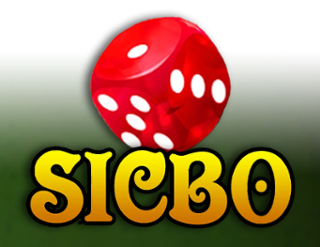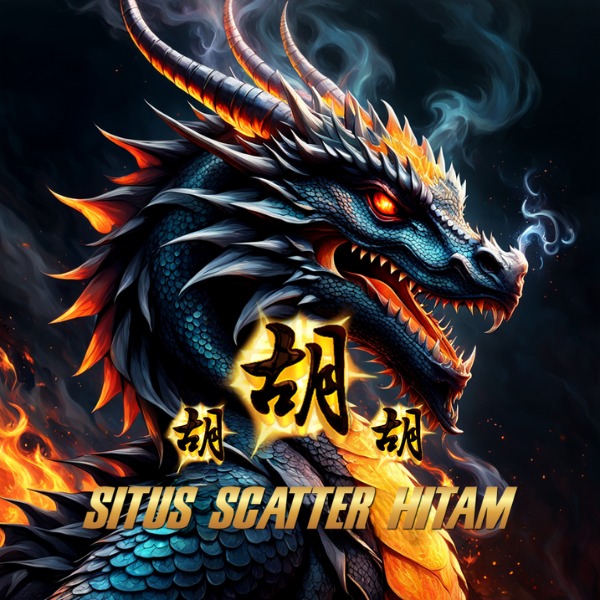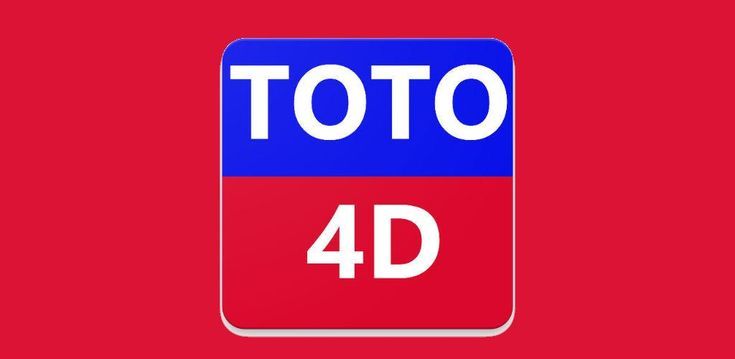The main advantage of regional mutual funds is that they allow investors to capitalize on the growth potential of specific geographic areas and diversify their portfolios internationally. However, these funds also carry unique risks, such as political instability, currency fluctuations, and economic uncertainties, though they depend on the region. By 2023, over half of American households had investments in mutual funds, collectively owning 88% of all mutual fund assets. This marks a significant increase from just a few decades ago, when, in 1980, less than 6% of U.S. households were invested in mutual funds.
End-of-Day Trading Only
While investment funds in various forms have been around for many years, the Massachusetts Investors Trust Fund is generally considered the first open-end mutual fund in the industry. Investment funds take the contributions of fund investors and purchase a portfolio that may include stocks, bonds, short-term debt or a combination of assets. Investors don’t actually own the underlying assets, but rather buy shares of the fund (which is why fund investors are known as shareholders). As the total value of the stocks or bonds within a fund rises and falls, so does the value of the fund shares. A dilution levy can be charged at the discretion of the fund manager, to offset the cost of market transactions resulting from large un-matched buy or sell orders.
Ireland specific collective investments
An investment fund is a pool of capital from many investors that can purchase a wide variety of securities. By investing in one, you can easily build a diversified portfolio at a relatively low cost. Mutual funds accept money from investors exchange rate us dollar to danish krone and use that money to invest in a variety of assets. Mutual funds have managers that manage the fund for a fee, which they charge to investors. Investors allocate money to mutual funds in hopes of increasing their wealth. A private equity fund focuses on long-term investments with its investor-pooled money—typically with time horizons of 10 years or more.
Types of risk
Or directly through the fund manager to create a secondary market subject to market forces. An open-end fund is equitably divided into shares which vary in price in direct proportion to the variation in value of the fund’s net asset value. Each time money is invested, new shares or units are created to match the prevailing share price; each time shares are redeemed, the assets sold match the prevailing share price. In this way there is no supply or demand created for shares and they remain a direct reflection of the underlying assets.
This fund is an actively managed fund made available to accredited investors. A hedge fund faces less federal regulation and is therefore able to invest in a variety 10 penny stocks under 10 cents of asset classes using a wide range of strategies. For example, a hedge fund might pair stocks it wants to short (bet will decrease) with stocks it expects to go up in order to decrease the potential for loss.
- This flexibility means you can short sell them or engage in the many strategies you would use for stocks.
- Established in 1963, the fund had an investment objective of capital appreciation via investment in common stocks.
- A mutual fund is a relatively inexpensive way for a small investor to get a full-time manager to make and monitor investments.
- Types of investment funds include mutual funds, exchange-traded funds (ETFs), money market funds, and hedge funds.
- Most mutual funds are part of larger investment companies or fund families such as Fidelity Investments, Vanguard, T. Rowe Price, and Oppenheimer.
This means ETFs can be traded anytime during market hours, offering more liquidity, flexibility, and real-time pricing. This flexibility means you can short sell them or engage in the many strategies you would use for stocks. The value of the mutual fund depends on the performance of the securities it invests in.
Depending on the country there is normally a bias towards the domestic market due to familiarity, and the lack of currency risk. Funds are often selected on the basis of these specified investment aims, their past investment performance, and other factors such as fees. When investing in a 401(k) or other retirement savings account, target-date or life cycle funds are popular.
Index mutual funds are designed to replicate the performance of a specific index, such as the S&P 500 or the DJIA. This passive strategy requires less research from analysts and advisors, so fewer expenses are passed on to investors through fees, and these funds are designed with cost-sensitive investors in mind. A mutual fund that generates a consistent and minimum return is part of the fixed-income category. These mutual funds focus on investments that pay a set rate of return, such as government bonds, corporate bonds, and other debt instruments.
The internal workings of a fund are more complicated than this description suggests. The manager sets a price for creation of units/shares and for cancellation. There is a differential between the cancellation and bid prices, and the creation and offer prices. The additional units are created are place in the managers box for future purchasers. When heavy selling occurs units are liquidated from the managers box to protect the existing investors from the increased dealing costs. Adjusting the bid/offer prices closer to the cancellation/creation prices allows the manager to protect the interest of the existing investors in changing market conditions.
When buying a unit or share of a mutual fund, you get a part of its portfolio value. Investing in a share of a mutual fund differs from investing in stock shares. Unlike stock, mutual fund shares do not give their holders voting rights. And unlike ETFs, you can’t trade your shares throughout the trading day. The money market consists of safe, risk-free, short-term debt instruments, mostly government Treasury bills.
What are funds?
Mutual funds require much lower investment minimums, providing a low-cost way for individual investors to experience and benefit from professional money management. There are also actively managed funds seeking relatively undervalued bonds to sell them at a profit. These mutual funds will likely pay higher returns but aren’t without risk. For example, a fund specializing in high-yield junk bonds is much riskier than a fund that invests in government securities. Index fundsIndex funds are passively managed ETFs or traditional mutual funds that simply seek to replicate the performance of major stock market indexes. For an open-end fund, there may be an initial charge levied on the purchase of units or shares this covers dealing costs, and commissions paid to intermediaries or salespeople.
Different unit/share classes may have different combinations of fees/charges. No matter what you are allocating money for, pooling money in a fund is one way to reach a goal or achieve a designated purpose. The first ETF, the SPDR S&P 500 ETF, debuted in the United States in 1993. By the end of 2018, ETFs had roughly $3.4 trillion in assets under management. Depending on the nature of the investment, the type of ‘investment’ risk will vary. Please see below for general information on specific forms of vehicles in different jurisdictions.
Diversification, or the mixing of investments and assets within a portfolio to reduce risk, is one of the advantages of investing in mutual funds. A diversified portfolio has securities with different capitalizations and industries and bonds with varying maturities and issuers. A mutual fund can achieve diversification faster and more cheaply than buying individual securities.
Funds are common in daily life, and you may have established or contributed to a fund without even knowing it. Management risk is linked to the performance of the fund’s management team. You are putting your money in their hands, and poor investment decisions will negatively impact your returns. Before investing, it’s important for investors to carefully review the fund’s prospectus and consider their own risk tolerance and investment objectives. Buying only one security at a time best online brokers for buying and selling cryptocurrency in march 2021 could lead to hefty transaction fees. Mutual funds also enable investors to take advantage of dollar-cost averaging, which is putting away a set amount periodically, no matter the changes in the market.













































































































